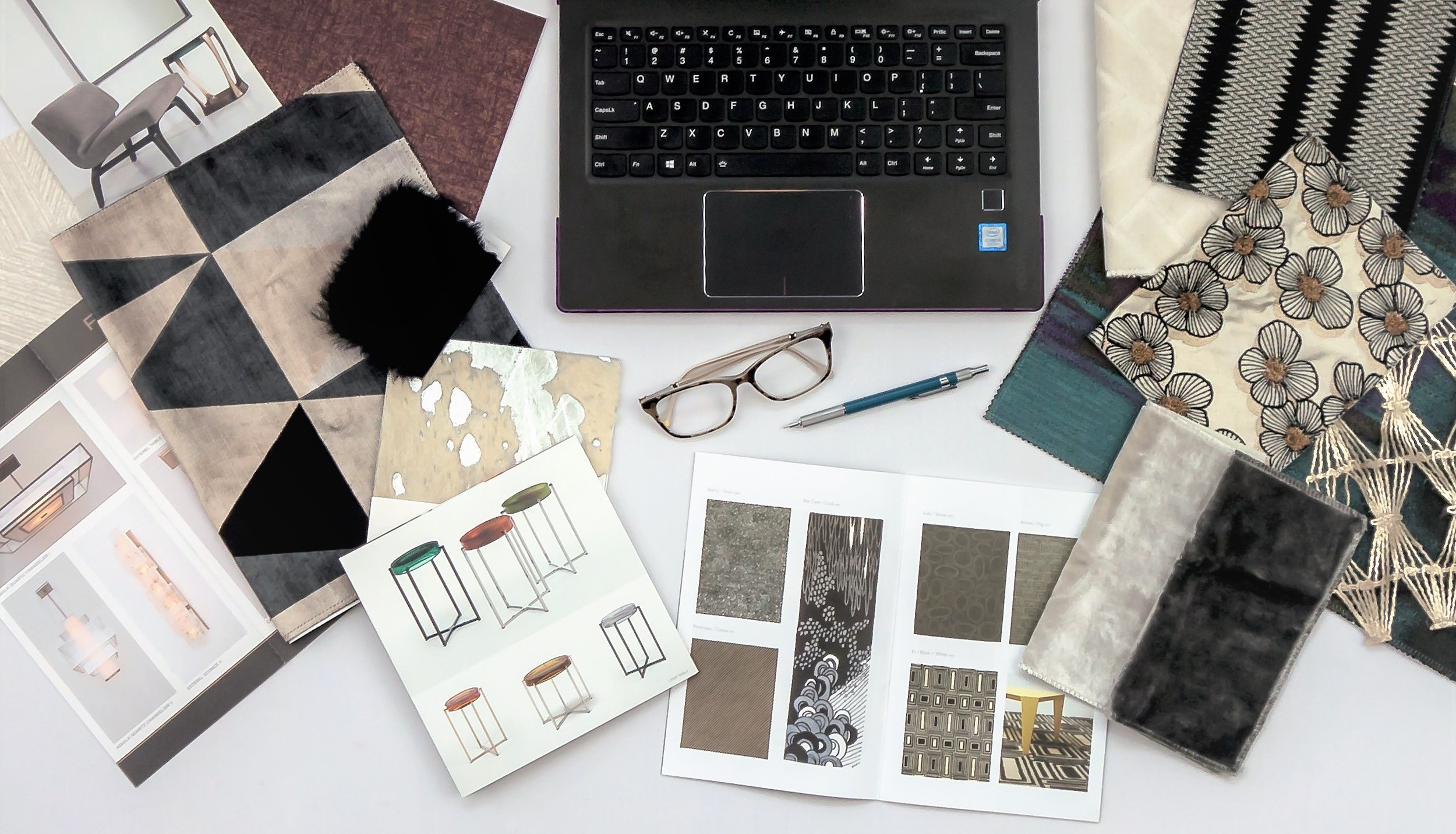
What's In Your Sofa?
Have you ever stopped to consider what’s inside your sofa? When it comes to furniture, it’s not all created equal. Lets breakdown the basics of what’s inside a sofa: frame, suspension, and cushions. When shopping for your next sofa, ask the manufacturer these questions.
So you’ve decide to buy a new sofa, but you don’t know where to start! You’ve see sofas advertised on sale for $399.00 at your local retailer, which sounds like a great deal! But have you stopped to think about what’s inside that sofa that makes it so inexpensive?
When it comes to furniture, it’s not all created equal. My experience as the Lead Designer and Project Manager at Covers Unlimited, a quality custom furniture manufacturer and reupholster, taught me the details and difference of what goes into making a quality piece of furniture. What may look good on the outside can be full of particle board on the inside. That inexpensive sofa is not going to last very long and you’ll be shopping for a replacement again in a couple of years.
Lets breakdown the basics of what’s inside a sofa: frame, suspension, and cushions. When shopping for your next sofa, ask the manufacturer these questions.
Manufactured by Covers Unlimited | designed by Jeannie Bishop Design





